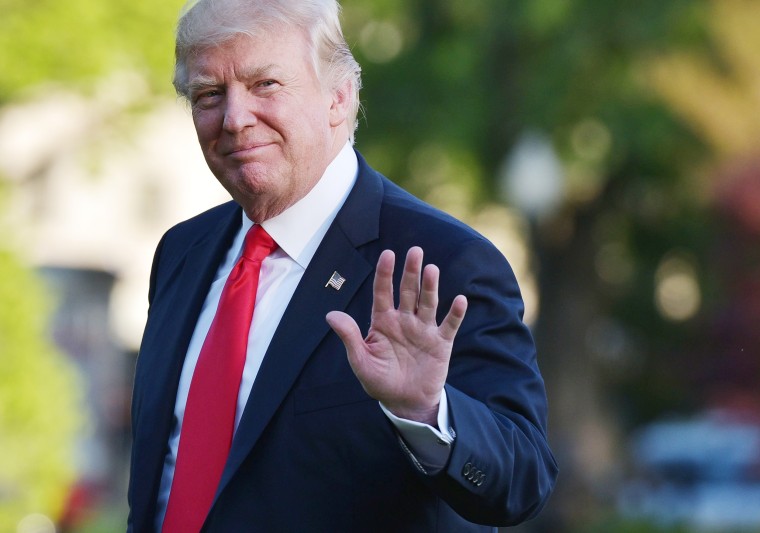Although Donald Trump likes to brag about how much the labor market has improved since he took office, economists say it’s too early to make that claim — while a series of abrupt reversals on policy positions could be putting a drag on the economy’s momentum and actually undermining labor market growth.
Although the official unemployment rate, which dipped to 4.5 percent in March, had been hovering fractions of a percentage point below 5 percent for a number of months, economists were cheered by improvements in other measures of labor market health: The labor force participation rate has been ticking up, and the broader measure of unemployment that includes those “discouraged” and “marginally attached” to the job market, as well as people stuck in part-time jobs who want to work full-time, dropped below 9 percent in March, the lowest that figure has been since the end of 2007.
But this improving trajectory began well before January 20, 2017.
“It is certainly conceivable that part of the job gains since the first of the year, and indeed, since Election Day, are attributable to the President,” said Gary Burtless, a labor economist at the Brookings Institution.
“I think at this point it would be premature to say anything about a Trump policy effect, at least, since we haven’t passed any policies yet,” said Josh Bivens, research director at the Economic Policy Institute.
Related: Trump Touts First 100 Days Record
Burtless added that Trump benefited from taking office during a period when economic signs were trending up. “The U.S. economy has been achieving pretty steady job gains for the past four or five years, and it’s hard to see that job creation is any faster since President Trump took office or won the election,” he said. “That trend was underway well before the election.”
Harry Holzer, a professor of public policy at Georgetown University and former chief economist for the U.S. Department of Labor, was similarly skeptical. “I’m guessing very little is due to the changing administration. If you look at the months preceding his inauguration or leading up to the election, job creation was either similar or slightly higher than that rate. Over a three-month average, you don’t see any dramatic changes,” he said.
“That trend was underway well before the election.”
Conversely, several economic and policy analysts suggested that the administration’s wildly diverging views from day to day or week to week on topics ranging from trade to the strength of the U.S. dollar could be hampering what would otherwise be even faster growth.
“Does all the taking multiple sides of a given issue generate uncertainty and slow economic growth? Possibly,” Bivens said.
“It’s government on the fly, and that's the thing that breeds general uncertainty about the policy direction for the administration,” said Jacob Kirkegaard, a senior fellow at the Peterson Institute for International Economics. “We need to have some idea about the economic environment we’re going to be operating under,” he said.
Absent that, businesses will be reluctant to invest in capital improvements and expansions — and hiring, said Kirkegaard. “Uncertainty is bad for investment… and that’s bad for jobs.”
The recent failure to repeal and replace the Affordable Care Act creates another area of economic limbo and illustrated how even a White House and Congress ostensibly unified along party lines struggled to keep their agenda on track. Combined with a president predisposed to policy whiplash, the administration’s first 100 days leaves much up in the air.
“Uncertainty is bad for investment… and that’s bad for jobs.”
“The generalized level of uncertainty from Trump’s very fluctuating policy pronouncements is a drag, and his inability to pass anything in Congress is a drag,” Kirkegaard said. “It all weighs the economy down, which means we’re going to be staying in this range of growth.”
In other words, Trump’s biggest impediment to reaching his stated goal of 4 percent GDP growth might be himself.
